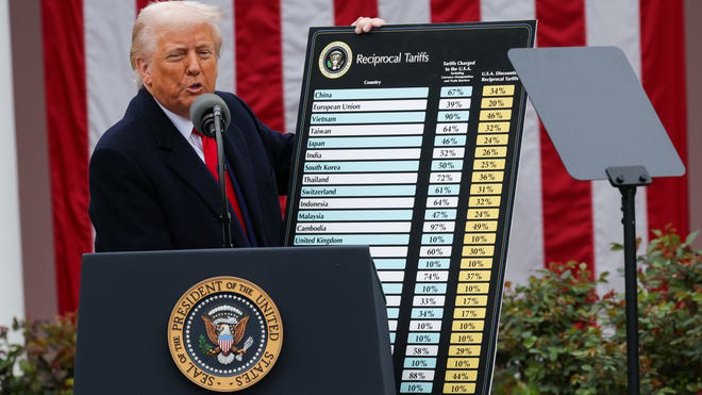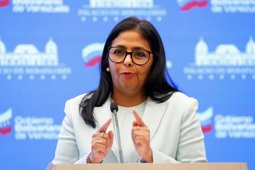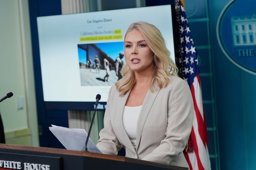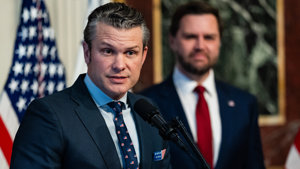
U.S. Tariff Formula Focuses on Trade Gaps
The United States Trade Representative (USTR) revealed details on Thursday about a new formula for calculating reciprocal tariffs, designed specifically to address bilateral trade deficits. According to the USTR, the formula emphasizes reducing trade imbalances rather than retaliating against the actual tariff levels imposed by other countries on U.S. goods.
The formula works by dividing a country’s trade balance with the United States by its exports to the U.S. It also takes into account the elasticity of imports with respect to changes in import prices, as well as the degree to which tariffs are passed through to final import prices. This approach allows the U.S. to target an appropriate tariff level that aligns with the goal of balancing trade, instead of mirroring foreign tariffs.
Importantly, the USTR clarified that this formula does not consider the real tariffs or non-tariff barriers that U.S. exports face abroad. The agency acknowledged the complexity of evaluating the impact of “tens of thousands” of individual foreign policies, including tariffs, regulations, and taxes. According to the USTR, attempting to account for all these elements individually would be “complex, if not impossible.”
Instead, the U.S. has opted for a streamlined method: “Their combined effects can be proxied by computing the tariff level consistent with driving bilateral trade deficits to zero,” the USTR stated. This means the formula aims to calculate the tariff rate that would, in theory, equalize trade flows without the need to analyze each foreign trade policy individually.
This strategy reflects a broader trade philosophy under the current administration—headed by President Donald Trump—focused on rebalancing trade relationships that are seen as disproportionately unfavorable to the U.S. By emphasizing trade balance over reciprocity in tariff rates, the administration signals a shift in how trade policy is calculated and implemented.
Analysts suggest that this approach may lead to more aggressive U.S. tariff policies toward countries with large surpluses, regardless of the specific policies those countries impose. It may also spark debate among economists and international partners over the fairness and effectiveness of such a model. Nonetheless, the U.S. maintains that reducing trade deficits remains a top economic priority.






